All About Foxhounds
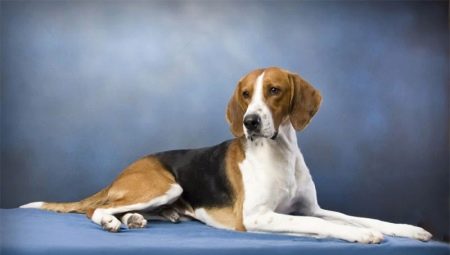
Foxhound is one of the most popular large hound breeds. Their unsurpassed flair, the ability to work in a pack is highly valued not only by avid hunters, but also by fans of traditional methods of hunting. Bred in the UK, this hound quickly established itself as one of the best fox beaters and was exported overseas.
Today, the description of English and American Foxhounds is often compared, the characteristics of the breeds and character of dogs are evaluated, therefore, the struggle for supremacy is still ongoing.
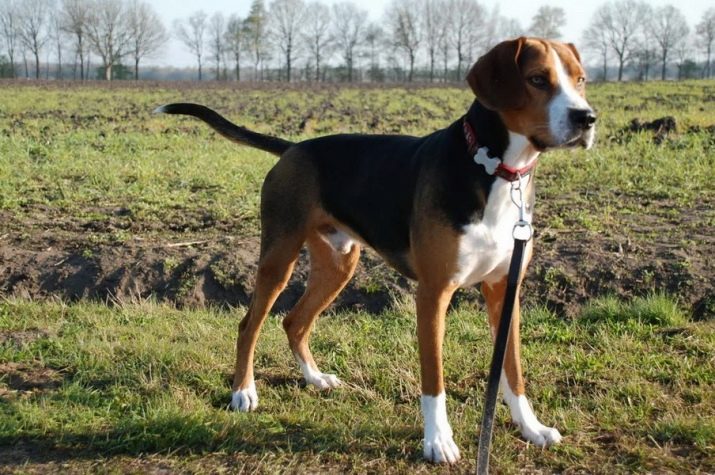
Origin
The fox hound or foxhound is a breed of dog that formed in Great Britain in the XIV-XV centuries. In her selection, several species of greyhounds and hounds, popular at that time, were used at once, but even the exact number of original bloods is difficult to name. No reliable data has been preserved in the sources, but there is information about the use of Talbots, Greyhounds, Terriers and even Bulldogs.
The reason for the emergence of a new breed was the changing fashion for methods of hunting the animal. In England, horseback hunting for foxes became popular and dogs were needed that could withstand the speed of a horse's gait for a long time and were ready to work in packs. By 1650, the phenotype and working qualities of the dogs were fully developed. The new hound was so popular that it was honored to be sent overseas to the United States. It was from these dogs that the population of American Foxhounds later went.
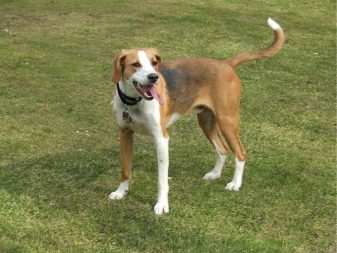
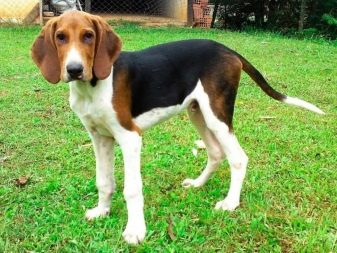
It is known that the fox hound received its first generic book back in 1786... But she had to wait much longer for the official standard. It was adopted in the 19th century with the onset of the era of exhibitions and sports.In them, Foxhounds also managed to establish themselves in the best way. Here a set of criteria was required by which it was possible to compare dogs with each other within the breed.
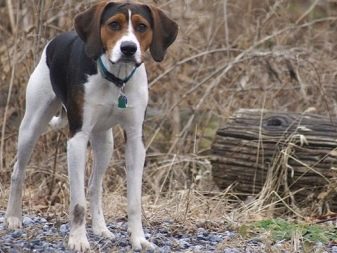
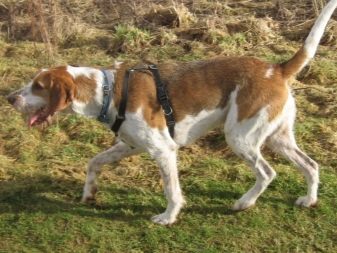
The number of Foxhounds peaked in the 19th century. There have been 7,000 registered dogs in the UK alone. In Europe, these hounds were especially revered in France, here a large pack of them were kept at the court of Napoleon III. Foxhounds club recognition took place already in the XX century. It was first officially approved by the UKC in 1905, and half a century later, in 1955, the FCI standard was developed. The number 159 assigned to the fox hound has not changed since then.
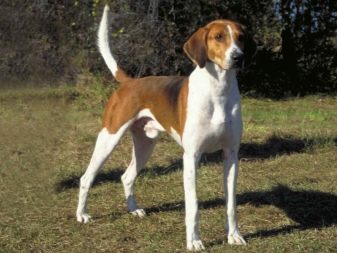
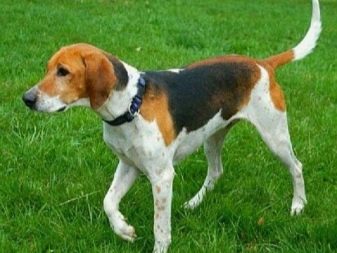
Description of the English Foxhound
The English Foxhound is a serious pack hunting dog. Over the centuries, its character has been formed taking into account the working purpose of the animal. In a group, these hounds masterfully drive foxes and help to get a larger animal. They are intelligent and sensitive dogs with developed attention, good eyesight. They are smart, perceive well the owner's non-verbal signals, and, if necessary, are able to act independently.
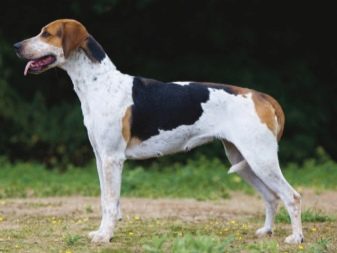
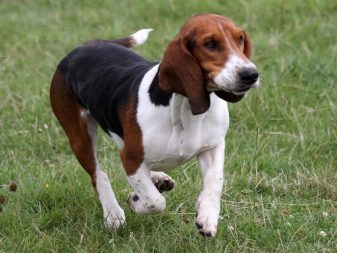
Modern breeding lines have divided the English Foxhounds into two large groups: companion and working dogs. Dogs not used in hunting have acquired a more balanced, calm character. They get along well with children, treat their owners with great care and delicacy. Fox hounds are not aggressive towards other dogs, they can be kept in a pack. They are wary of strangers, signaling their presence with loud barking.
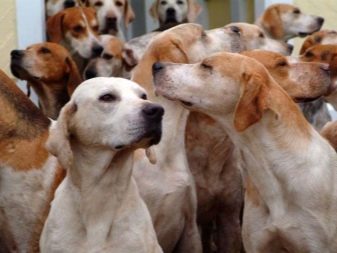

The external appearance of a dog of the English Foxhound breed, according to the standard, looks like this:
- height at the withers - 58-64 cm, body weight - 27-34 kg;
- life expectancy is about 10-12 years;
- the color is lemon piebald, white with black spots in blush;
- the coat is short, close to the body;
- the constitution is powerful, strong, balanced, without signs of dampness of the skeleton;
- head with developed skull, moderate stop, long square muzzle;
- the nostrils are clearly defined, the pigmentation is black;
- the jaw system is strong, with large teeth, a scissor bite;
- hanging ears, with a low rise;
- the eyes are proportional, for example, a nutty, brown shade;
- the neck is clearly defined, dry, with pronounced muscles;
- the back is straight, of considerable width, the loin is convex;
- the chest is deep, expressive;
- tail set high, saber-shaped, does not rise above the line of the back;
- the limbs are well developed, straight, with a straight set.
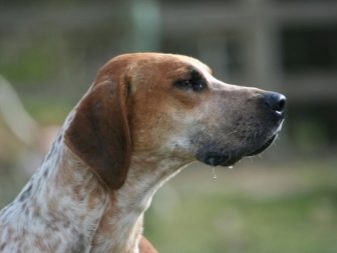
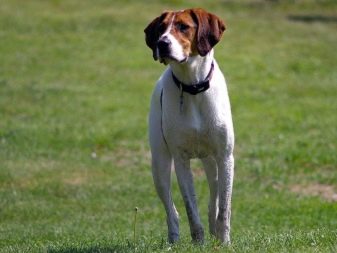
The English Foxhound has a physique adapted for long-term pursuit of the animal at speeds above 20 km / h, easily overcomes obstacles.
Distinctive features of the American
The differences between the American Foxhound breed and its English progenitor are in a number of points. The first is the prevalence of the species. Fox hounds from the United States are known mainly at home, including in the state of Virginia, of which they are a symbol. The principles of selection also differ. In the breeding of American Foxhounds, Irish and French hounds, Kerry Beagles were used. She received the FCI standard as a separate breed in 1979.
An external comparison of Foxhounds from the USA and Great Britain reveals the following important differences:
- a more sensitive scent, allowing you to hunt hares, badgers;
- wide range of height at the withers from 52 to 64 cm with a mass of 32-34 kg;
- allowable folds on the face;
- a more powerful, developed head with a massive front part;
- a more aggressive character, a tendency to demonstrate protective qualities;
- increased life expectancy - up to 15-17 years;
- general grace of the body and limbs (in comparison with the English look);
- typical color is tricolor, red or brown bicolor.


In general, it is impossible to notice significant differences between the representatives of the two breeds.They have the phenotype typical of large hounds, have light graceful movements, are tireless and strong. Nevertheless, experts find significant differences between the Foxhounds of the two continents, which allows them to be distinguished into separate breeds.
What to feed?
The organization of proper nutrition for the dog is of great importance, especially with intense physical exertion. The energy consumption of the animal is high, it needs additional intake of nutrients, vitamins and minerals. When choosing ready-made feeds, it is necessary to pay attention to the fact that cheap economy-class feeds are categorically not suitable for thoroughbred hounds. They lead to a deterioration in the quality of wool, skin allergies, gastrointestinal disorders.
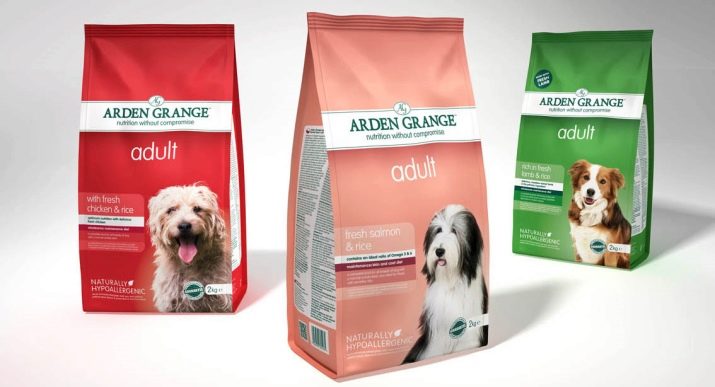
Among the ready-made diet options, it is worth giving preference to super-premium and premium products. The higher the meat content in them, the better the nutrition of the animal will be. It is important to monitor the weight of the dog, during training not to exceed the recommended doses of treats, to provide the pet with fresh clean water in sufficient volume.
If the Foxhound gets natural food, it should be cooked just before feeding, cooled to a comfortable temperature, not overcooled. The bulk of the diet should be the pulp of natural lean meats - poultry, beef, veal. This approach will help you maintain your optimal weight. The meat is pre-boiled, cut into medium-sized pieces. The recommended serving size per day should be about 300 g of the finished product.

In addition to protein food, the animal needs carbohydrates in the body. Their sources are cereals - oatmeal, rice, which provide the necessary saturation. The presence in food of additives in the form of fresh or thermally processed vegetables and fruits is imperative. They contain fiber, which is essential for the proper flow of digestive processes. With the development of obesity in a dog, you should definitely consult a veterinarian, he will recommend a diet.


How to care?
The features of caring for an American and English Foxhound are reduced to the following procedures.
- Keeping the coat in order. A short guard hair needs periodic, at least 2 times a month, combing out with a massage brush. During the shedding period, a special silicone or rubber glove is used to remove excess hair. These measures will allow you to preserve the appearance of the animal aesthetic, with a shiny dense fur coat.
- Bathing... It is performed monthly, especially if the animal lives in an apartment. If exposed to rain or snow, it is enough to remove excess dirt with a damp cloth with a hypoallergenic composition. Regular wet treatment of the paws with drying of the pads after taking water procedures is mandatory.
- Clipping the claws. They need to be shortened regularly. This will prevent the claw from growing into the skin, trauma to the pads of the paws. In addition, too long keratinized plates can cause pain when moving.
- Ear cleaning... This procedure is performed at least once a week using a special lotion and a cotton pad. So their inner part is freed from dirt, dust, pathogens of inflammatory diseases.
- Vaccination and antiparasitic protection. They are held regularly. Dogs visiting the forest need both local treatment against parasites and prophylactic wearing of protective collars, spraying. It is also important to carry out deworming regularly to protect your pet from worms.
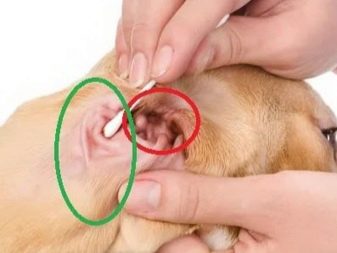
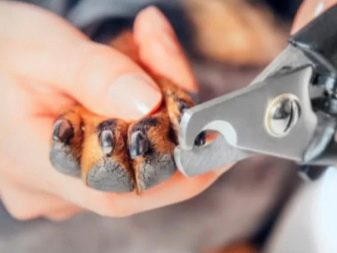
Foxhound is not a indoor dog, but a full-fledged representative of the group of hounds. He needs a long daily walk with significant physical exertion. Mastering the general course of training begins from 3-4 months, by the year the animal must fully master the basic skills of obedience.
Fox hounds definitely need space, freedom of movement. The optimal conditions for keeping the dog will be living in a country house or cottage with a large private yard or close to fields and meadows. As a rule, breeders keep more than one individual, so the dogs feel much more confident, they follow commands better. If the owner leads an active lifestyle, the Foxhound will become an excellent companion for him on trips, walks, travel.
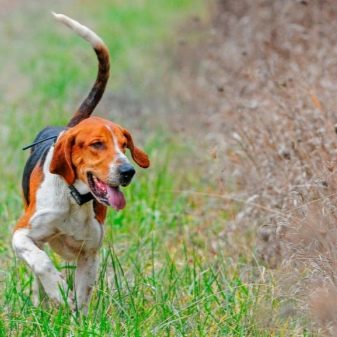
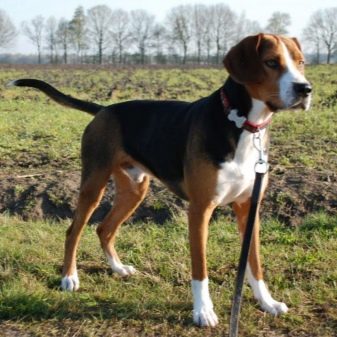
Education and training
A Foxhound of any type is a difficult dog, not suitable for inexperienced breeders. The cause of "behavioral problems" is a genetic urge to be part of the pack. These animals interact with other dogs much better than with humans - hence the widespread opinion about the problematic nature of the breed. Actually, even a wayward fox hound can be adequately educated as a companion or hunter, a participant in sports.
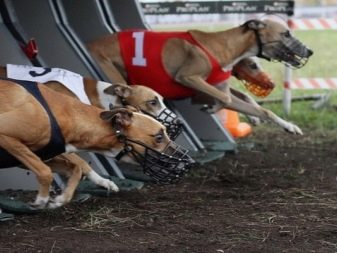
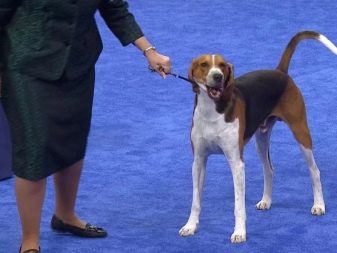
The foundation for proper Foxhound training is laid at an early age. The dog needs a fairly solid education. It is necessary from the first days to show who is the leader in the house, to gain respect for the owner. Concessions are not the best method for finding mutual understanding.... With this born hunter, you should keep your distance, gently and firmly seeking unquestioning obedience.


Power methods are strictly prohibited in the education of fox hounds - the dog will respond to aggression in the same way or may show cowardice, lose its most valuable working qualities. Puppies begin to socialize early, but without the imposition of someone else's society. It is very important to track the manifestation of interest in hunting, it manifests itself at different ages, everything is very individual.
Foxhound workers must undergo a special training course. It consists in organizing training to wean the dog from considering poultry and livestock as prey. If this stage is not carried out on time, it will be impossible to correct the behavior of an adult animal. On a real hunt, the dog will show interest in any kind of living creatures, and there will be little benefit from it in the field.
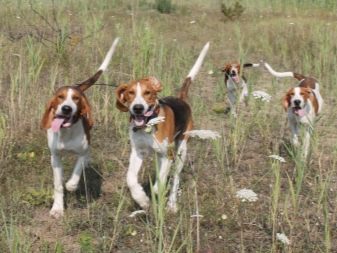
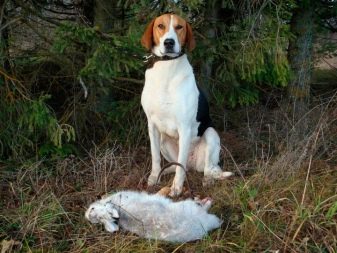
In the process of raising a dog, it is imperative to teach him to focus on a goal. Foxhound should not approach strangers, react to extraneous sounds and other irritants. It is worth considering the individual characteristics of a particular dog. Some require affectionate treatment, understanding, others need rigor and constant control.
For information on how to train a Foxhound, see the next video.






































